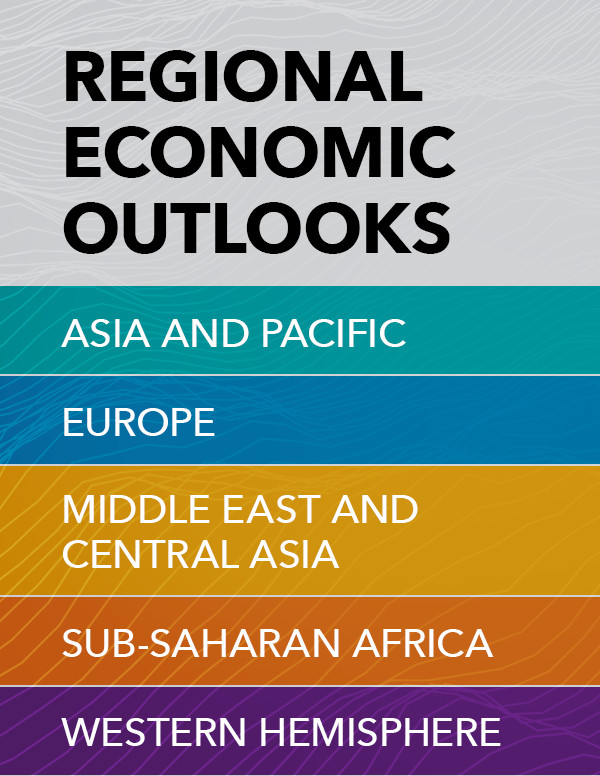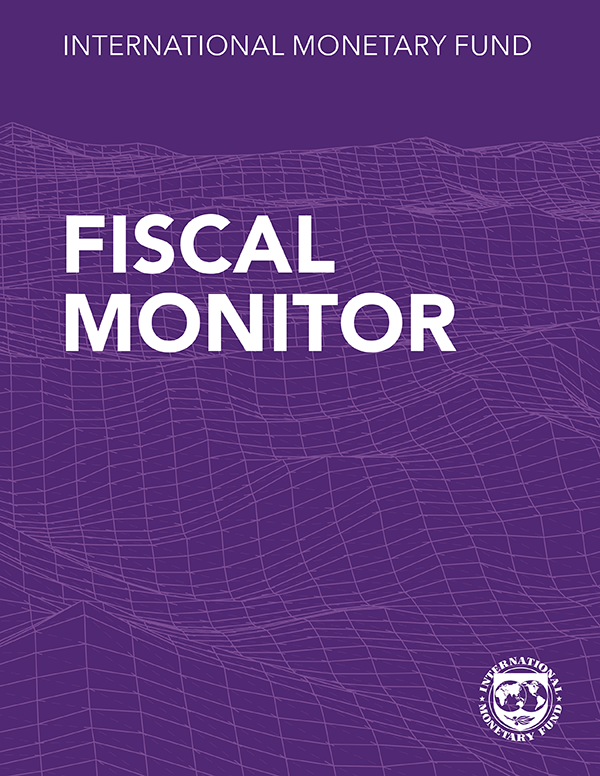Global financial stability risks have increased significantly, driven by tighter global financial conditions and heightened trade and geopolitical uncertainty.

Against the heightened volatility of asset prices, Chapter 1 assesses that global financial stability risks have increased significantly. This assessment is supported by three key forward-looking vulnerabilities: (i) valuations remain high in some key markets; (ii) some highly leveraged financial institutions and their nexus with banking systems; and (iii) risks of market turmoil and challenges to debt sustainability for highly indebted sovereigns.
Chapter 2 shows that major geopolitical risk events can trigger a significant decline in stock prices and raise sovereign risk premiums, thereby posing a potential threat to macro-financial stability.
The assessments and analyses in this GFSR are based on financial market data available to IMF staff through April 15, 2025, but may not reflect published data by that date in all cases.
Chapter 1: Enhancing Resilience amid Global Trade Uncertainty
Chapter 1 assesses that global financial stability risks have increased significantly as global financial conditions tightened and economic and trade policy uncertainty remain elevated. This assessment is also supported by three key forward-looking vulnerabilities. First, despite the recent turmoil, valuations remain high in some key segments, meaning that adjustments in valuations could go further if the outlook were to deteriorate. The resulting further tightening of global financial conditions could significantly impact emerging markets’ currencies, asset prices, and capital flows. Second, some financial institutions could come under strain in volatile markets, especially highly leveraged ones. As the hedge fund and asset management sectors grew, so have their aggregate leverage levels and the nexus with the banking sector, raising the specter of weakly managed NBFIs being pushed to deleverage when they face margin calls and redemptions. Third, further turbulence could descend upon sovereign bond markets, especially in jurisdictions where government debt levels are high. More challenged market functioning and the unwinding of popular leveraged trades in core sovereign bond markets could contribute to further volatility. Emerging market economies already facing the highest real financing costs in a decade may now need to refinance their debt and fund fiscal spending at higher costs. Overall, investor concerns about public debt sustainability and other fragilities in the financial sector can worsen in a mutually reinforcing fashion.
Chapter 2: Geopolitical Risks: Implications for Asset Prices and Financial Stability
Geopolitical risk events generally exert a modest influence on asset prices. However, major events, such as military conflicts, can lead to substantial decline in stock prices and raise sovereign risk premiums. The impact is particularly pronounced in emerging markets that have limited fiscal space or international reserve buffers. Geopolitical risks can also propagate to other countries through trade and financial linkages. While investors appear to price geopolitical risk into equity and option markets to some extent, the materialization of these risks can trigger financial market volatility. A sudden, major geopolitical risk event could also weigh on the stability of banks and nonbank financial institutions, potentially posing a risk to macrofinancial stability. To mitigate financial stability risks arising from geopolitical events, financial institutions and their oversight bodies should allocate sufficient resources to identify, quantify, and manage these risks, including through stress testing and scenario analysis. Emerging market and developing economies should continue efforts to develop and deepen financial markets and maintain adequate fiscal policy space and international reserves to cushion against adverse geopolitical shocks.
Publications

-
March 2025
Finance & Development
- The Talent Equation

-
September 2024
Annual Report
- Resilience in the Face of Change

-
Regional Economic Outlooks
- Latest Issues









